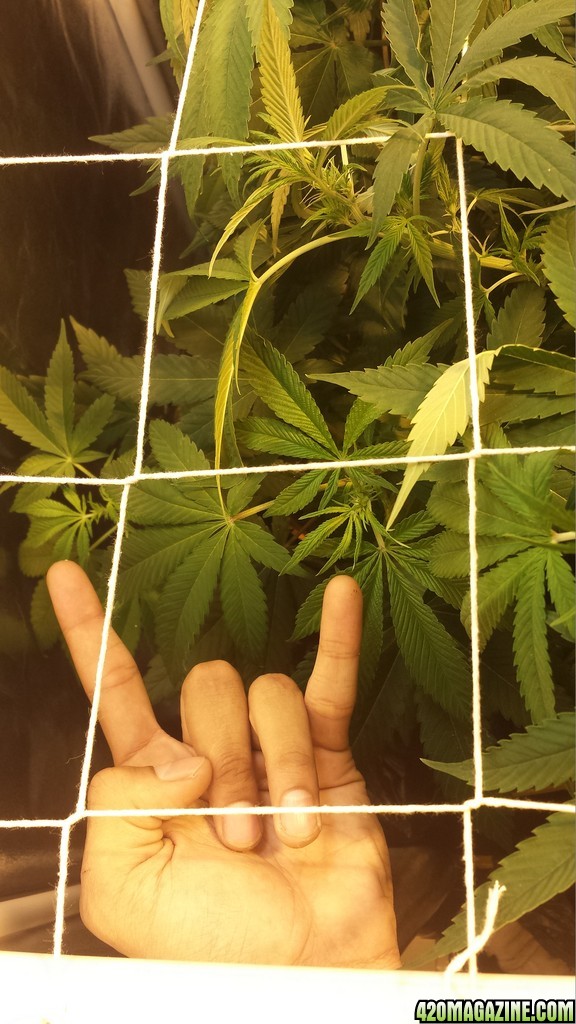- Thread starter
- #381
AfricanGrower
Well-Known Member
Not a problem Sky, your rants are always welcomed here! I completely understand being a full time employee and trying to have a good hold on your gorw op at ALL TIMES!
How To Use Progressive Web App aka PWA On 420 Magazine Forum
Note: This feature may not be available in some browsers.
 tee hee! You should work for iponic or one of those controller companies. They just put you in an office with a doobee and out comes tons of ideas for new products. I think you would like that job!
tee hee! You should work for iponic or one of those controller companies. They just put you in an office with a doobee and out comes tons of ideas for new products. I think you would like that job!





















 It was making me grey!
It was making me grey!wow. it's been a few days since I visited Bubb. She's a banshee. She's a chonger.
Congrats on the GH nutrients. I hope you like them. Let me know how the florakleen does. I used it once, just like you did. A week later I got a bunch of yellow leaves. I don't fully understand how it works but it seems to break the bond so the plant can't absorb nutrients. I would make sure you have flushed it out well with about 5 gallons of straight water after using it.
I don't want to scare you, I just don't want the same thing to happen to you. Maybe I used to much? Maybe I didn't rinse will with water afterwards? It was over a year ago, but I'm pretty sure I followed the instructions. Maybe the yellow leaves weren't related? I'm not sure. After that I only used it for final flushing. To wash down salts, I use a VERY diluted nutrient mix, or heisenberg tea once a week ;-)
If anyone else has knowledge about this stuff, please chime in!
She has really taken off. So how much water is she using per day at this stage?

Another possible solution is to leave the potted plant out in the air for a few days to air prune those roots, but ask around before doing this as there may be too many roots to consider air pruning, but the process itself is natural so there's that.



Scientists believe ladybugs lay both fertile and infertile eggs in the cluster. When aphids are in limited supply, the newly hatched larvae will feed on the infertile eggs.
Larvae typically emerge from their eggs in about 4 days, although species and environmental variables such as temperature may shorten or lengthen this time frame.
Larva – Larval Stage:
Ladybug larvae look somewhat like tiny alligators, with elongate bodies and bumpy exoskeletons. In many species, the ladybug larvae are black with brightly colored spots or bands.
In the larval stage, ladybugs feed voraciously. A single larva can consume dozens of aphids per day. Larvae feed on other soft-bodied plant pests as well, including scale insects, adelgids, mites, and insect eggs. Ladybug larvae don't discriminate when feeding, and will sometimes eat ladybug eggs, too.
